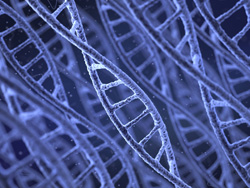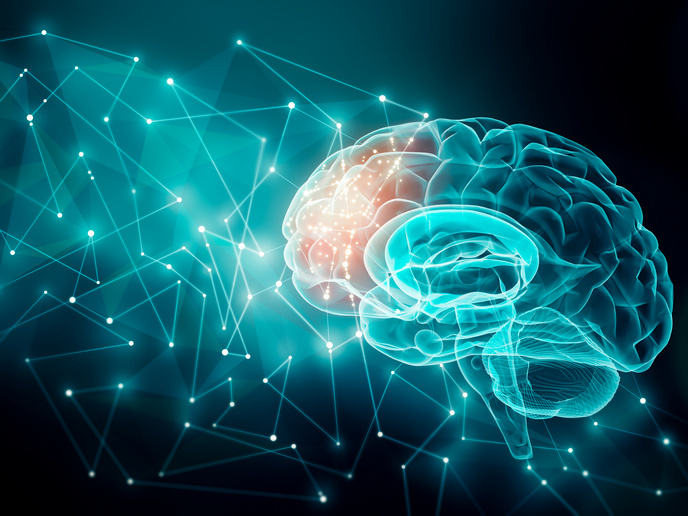Modelling genotype to phenotype associations
Genetic differences among individuals are translated into phenotypic differences. However, most disease phenotypes emerge not from single genes and proteins, but from a complex network of molecular interactions. Each phenotype variable often influences the other, resulting in a domino effect that needs to be modelled to reveal the true causal relationships. To address this, scientists on the EU-funded 'Machine learning for quantitative modelling of structured phenotypes' (MLPHENOM) project proposed to develop statistical and computational methods for interpreting genotype to phenotype relationships. This entailed analysis of repeated measurements of the same phenotype over time, of digital images, and of networks implicated in a particular phenotype. In this context, the consortium applied machine learning techniques to model time, image and network aspects of phenotype. Machine learning methods extract certain features of images and use them as quantitative phenotypic traits, thereby complementing classical measurements. The statistical framework generated during MLPHENOM could take into account hundreds of individual measurements for the analysis of phenotype networks. This allowed researchers to address diverse aspects of phenotype structure and also detect the potential implication of environmental factors. Additional models enabled the stratification of individual molecular events that lead from genotype to phenotype. MLPHENOM's model system laid the foundation for the analysis of future genetic studies involving large numbers of complex phenotypes. Especially in biomedical research, this modelling approach is expected to find wide applicability.







